Discover Science Stories
Science Stories

Science Stories
Author: Science Stories
Subscribed: 147Played: 3,349Subscribe
Share
© All rights reserved
Description
Science Stories fortæller historier om videnskab baseret på nysgerrighed og fascination af viden og indsigt, men vi kan også være kritiske og stille spørgsmål ved veletablerede dogmer. Vi stræber efter at forstå grundlaget for viden og sætte den i perspektiv. Redaktionen er uafhængig og ikke underlagt udefrakommende politiske eller kommercielle interesser.
333 Episodes
Reverse
Today’s story is a good example of how little we know about biology and life, and how we can use our knowledge to better fight diseases and environmental threats.
We are going to talk about bacteriophages or just fages. These are small viruses which attack bacteria. The story is literally about life and death and most organisms on earth are being killed every week.
We have covered this topic before but, but in this podcast we will go deeper into the substance and ask one of the current frontier researchers from the biocomplexity group at the Niels Bohr Institute in Copenhagen Namiko Mitarai Japan.
The Cost of Underfunding Science
Almost 40 years ago the interviewer read a paper on how Europe lacked behind in science and how an economic deficit compared to USA and Japan was building up year year after year. In the year 2000 Minister Mariano Gago mobilised the EU Council of Ministers to agree on an investment scheme for public research suggesting a minimum of 1% of GDP . This was followed by a recommendation of 2% private investment. Further inputs came with the Sapir Report in 2003 And the establishment of
European Research Council (2007)
Now Europe is discussing the Mario Draghi report (2024) But most European countries are still underspending in their funding for science.
The interview is with former Head of Communication at the European Science Foundation Jens Degett and former President of the European Research Council Jean Pierre Bourguignon.
[Best of] From the dark ages to life by Science Stories
Science Stories is visiting the AI in Science Summit 2025 co-organized by the European Commission, The Danish EU Presidency and The University of Copenhagen.
There is full house with 1200 participants, and the topic is all aspects of artificial intelligence.
Science journalist jens Degett is trying to understand artificial intelligence better and has asked Chair of the Summit Steering Committee, Director of the Danish Pioneer Centre for AI, Professor of Computer Science at the University of Copenhagen Serge Belongie to explain what artificial Intelligence is and why it is important.
DNA and RNA sequence analysis enable researchers to form a total overview of which species of microorganisms and parasites live with humans, animals and plants. It is not just in our gut where microorganisms are playing a role in our digestion. Also on the skin and all mucous membranes, in the mouth and all the way down into the hair follicles, we live together with parasites and microorganisms which help to shape our lives and our development.
This knowledge makes it possible to see organisms in a far more holistic perspective, which provides a far better understanding of the factors that have evolutionarily shaped the species as they now appear in nature.
In this podcast, Science Journalist Jens Degett talks to Professor Marcus Thomas Pius Gilbert from the Center for Evolutionary Hologenomics (CEH) at the University of Copenhagen. The center received DKK 67.7 million from the Danish National Research Foundation.
Last week the EU Space Conference 2025 took place in Aalborg as part of the Danish EU-presidency. More than 450 stakeholders from science, policy, industry and media met during the two-day conference. The EU Commissioner for defense and space Andrius Kubilius, the Danish Minister for Higher Education and Science Christina Egelund and the former Danish Prime Minister and NATO Secretary General, Anders Fogh Rasmussen were among the speakers.
Already at the opening of the conference, it was clear that the importance of space research and its utilization has changed dramatically. The Minister Christina Egelund announced that Denmark will invest 2,7 billion DKK in space related activities during the next four years.
Science Stories decided to ask one of the top speakers, Stephan Roemer from OHB in Germany, to give an overview of what tendences the conference was showing with Danish and European space industry’s development and give us a perspective of the opportunities and the challenges. OHB is one of the three largest space companies in Europe. It seems in the near future we can expect a dramatic development of space related tools such as satellites will be an integrated part of many fields from research, resource management and agriculture to defense.
Interview is made by Jens Degett,Denmark. Interviewee is Stephan Roemer, Germany
When something is possible and not too difficult to achieve, We are used to say “This is not rocket science” but today's podcast is literally about rocket science -
and, in a way maybe the most difficult approach to sending people into orbit we can think of.
Copenhagen Suborbitals is the world’s first and only amateur spaceflight program. The Copenhagen Suborbitals is located in Denmark with supporters from across the world. From 2011 until today they have designed and flown 6 rockets from their floating launch site in the Baltic Sea.
Their goal is simple but audacious: to fly an amateur astronaut to space and return him/her safely to Earth – Without Governmental Support
Todays Science Stories guest is Jørgen Skyt from Copenhagen Suborbitals. I am Jens Degett and this is Science Stories,
We will make links and more photos on our website.
All organisms from fruit flies to humans share the same mechanism for controlling the day and night rhythms also called the circadian rhythms. This mechanism is considered fundamental to all advanced life forms, and it has a surprising feature. It binds us genetically to live on earth.
Michael Rosbash received the Nobel Prize in Medicine in 2017 for the discovery of the circadian rhythms together with Jeffrey Hall and Michael Young. He is a professor and Howard Hughes Medical Institute investigator at Brandeis University.
In 2019 he was invited by The Royal Danish Academy of Sciences and Letters to give the nineteenth Royal Academy Nobel Laureate Lecture in Copenhagen and was interviewed by science journalist Jens Degett.
Photo credit: Chris Heller for Science Stories.
Release date:
10 September 2025
[Best of] Circadian Rhythms By Science Stories is
June 2025 Marked an important leap in Danish Space History. A satellite was launched into orbit on 23 June from Vandenberg Space Force Base in California.
The launch was initiated by the Danish and Swedish Defense ministries and several space research industries and research institutions.
The satellite is called Bifrost. And it has a dual mission. This time Science journalist Jens Degett talking to The Danish Defense specialist Martin Laimonis. In the end of the interview there is lot of information and hints about how satellites are being built and how to get your own project funded.
We are used to telescopes as instruments on Earth looking out on space or instruments in space looking at even more distant objects in outer space.
The Einstein Telescope is very different and will be build deep under the surface of the Earth. Over 2,000 researchers participate in the international organisation and there is a competition between different countries about where to build it.
One of the researchers who are involved is Professor Niels Obers from the Niels Bohr Institute in Copenhagen. Niels Obers is telling Science journalist Jens Degett what the new instrument is able to reveal when it is finished?
Niels Obers also describe gravitation in Newtonian terms and in the frame of Einstein's general theory of relativity. Both descriptions are incomplete but due to research with gravitational waves we may reach a better understanding of these phenomena
Center for Exolife Sciences at the Niels Bohr Institute at University of Copenhagen organised a conference under the theme "Are we a unique species on a unique planet or are we just the ordinary standard?" We may already have detected traces of life in the atmosphere of the distant planet called K2 18b. During four days in Copenhagen 100 researchers were discussing how we interpret signs of life outside our planet.
In this podcast Science Journalist Jens Degett is interviewing Professor Nikku Madhusudhan from University of Cambridge on exoplanetary atmosphere analysis. and former NASA Chief Historian and Director of the NASA History Officer Steven Dick on conspiracy aliens in the media.
Follow Science Stories on: Apple Podcast, SoundCloud, Spotify, Spreaker, Google Podcasts, Podimo, and Instagram.
Though we may not hear so much in the media about Mars these days, there is still a lot of really interesting research on the red planet.
The two Mars rovers, Curiosity and Perseverance are more than living up to their mission expectation but there are 7 other missions making new discoveries every day and a handful of new missions are on their way.
Science Journalist Jens Degett is interviewing PhD Fellow Katrine Wulff Nicolaisen from Centre for Star and Planet Formation at the University of Copenhagen. She is working on a daily basis with the two rovers on mars and she is also working on a meteorite called Black Beauty which originates from mars.
During the summer particle research at CERN has been speeding up. After the Higgs particle was discovered and analyzed more particles at higher energies are needed to reach new levels of understanding of the universe. The top Quarks and the Di-Higgs particle are examples.
Science Journalist Jens Degett is interviewing Associate Professor Troels Christian Petersen from the Niels Bohr Institute in Copenhagen on how success in smashing particles at CERN can change our view of the universe.
It is more than a quarter Century since Denmark took its first steps into space age with the first satellite called Ørsted with the purpose of measuring the magnetic fields around the Earth.
The mission was a great success in many ways and paved the way for several research groups working with different astrophysical problems. But it was also the beginning of satellite production in Denmark and that is the theme of the podcast today.
I was there in 2000 when the first Danish satellite was launched from The Vandenberg airbase in The USA - or rather I waited at the Launch-site but due to weather and technical problems it took a long time before the satellite went up.
Today many universities and technical schools are producing satellites for different purposes. The price for launching is going down very fast. For about 2000 US$ it should be possible to buy space for a one kilo satellite to go to space. Then comes all the development and communication devices you need to control your satellite.
Chief consultant Per Lundahl Thomsen from Denmarks Technical University explain to Jens Degett what you need to make your own satellite.
DTU SPACE
Institut for Rumforskning og Rumteknologi
If you look at flight maps you can see small stipulated lines with magnetic field direction - on the map. The journalist was told that these lines were moving over time, so as a pilot he had to buy new maps once in a while.
The magnetic lines are not static they are moving. This means that the magnetic north is moving too and in fact there has been a movement of the magnetic North of more than 40 km/year, moving north from Alaska to Siberia.
In this podcast science journalist Jens Degett is asking Professor Chris Finlay questions on how the magnetic field is created on our earth. Why it may shift or reverse and what importance magnetic fields are protecting our planet from having our atmosphere blown away by the solar wind particles.
There is a lot of interesting stories on how we can use manometers in mobile phones to measure direction and finally Chris Finlay reveal how different the magnetic fields are on other planets. in our solar system and beyond.
3iATLAS is the third interstellar object or "Interloper" that has been observed in our solar system. The first object of this kind was Oumuamua which was discovered on its way out of our solarsystem in 2017. This time we are more lucky as the interstellar object 3iATLAS has been observed early in its path through our solar system in the beginning of july.
3iATLAS is a rare guest and will disappear out of our solar system in a few month. Until then, we may study the object via telescopes and other sensors and discover new scientific secrets about the development of our galaxy, the universe and maybe even organic material which is needed for development of life as we know it. There are even researchers who think the new interstellar object is formed by intelligent life, but there are currently no proven signs of that. Professor in astrophysics Uffe Gråe Jørgensen from the Niels Bohr Institute in Copenhagen is interviewed by Science Journalist Jens Degett.
Superstrings was a very popular topic among physicists in the 1980ies. They had a renaissance in 1995 but then the researchers changed focus to other things. Now superstrings have gained new momentum in physics again. Professor Niels Obers from the Niels Bohr Institute explains what superstrings and string theory is. He also explains why superstrings are popular among researchers again. Science journalists Jens Degett is interviewing.
Gravitational waves is a strange phenomena which was predicted already by Albert Einstein.
To understand gravitational waves you need to understand gravitation. In this podcast professor Niels Obers describe gravitation in Newtonian terms and in the frame of Einstein's general theory of relativity. Both descriptions are incomplete but due to research with gravitational waves we may reach to a better understanding of these phenomena.
Since 2015 where gravitational waves were first detected with certainty, a number of new gravitational wave detectors are being build and researchers are learning more about the ripples in time, space and the fabric of the universe.
Science Journalist Jens Degett from Science Stories is interviewing professor Niels Obers from the Niels Bohr Institute at University of Copenhagen.
When someone begins to study the evolution of the universe and the laws of physics, one easily comes to wonder how strange it is that humans and life exist, and we are able to observe the universe. If the laws and constants of nature were just a little bit different, the occurrence of life is unthinkable. However, we can state that we are here, and this raises a number of other issues, such as: Has the universe always been able to sustain life? Will the universe continue to sustain the existence of life in the future ? Are we just one of many universes that exist in parallel?
Science Journalist Jens Degett from Science Stories talks to Professor Niels Obers, Director of the Nordic Institute for Theoretical Physics (NORDITA) and professor at the Niels Bohr Institute in Copenhagen, to try and get to the bottom of the matter. This podcast is a continuation of their conversation in a former story "Big Bang challenged by Conformal Cyclic Cosmology".
We are used to think about the universe as a structure which started with a Big Bang and then expanded. Sir Roger Penrose, who received the 2020 Nobel Prize in Physics, has developed an alternative theory of the universe based on Einstein’s Theory of General Relativity which is called "Conformal Cyclic Cosmology". In this new model we don’t have one single Big Bang, but an iteration of infinite cycles (or aeons) of expansion and cooling, each beginning with a “big bang” and ending in a “big crunch”.
Science Journalist Jens Degett interviews Professor Niels Obers, Director of the Nordic Institute for Theoretical Physics (NORDITA) and professor at the Niels Bohr Institute in Copenhagen, on Roger Penrose’s theory and how much evidence is needed in order to change the general view of a central paradigm which is written in our school textbooks. What if Penrose is right? What consequences or perspectives will it have for us?


![[Best of] Phages regulate bacteria growth on earth [Best of] Phages regulate bacteria growth on earth](https://s3.castbox.fm/12/6b/60/6c59b52190bf8eea1ebaa6af150aafdbae_scaled_v1_400.jpg)
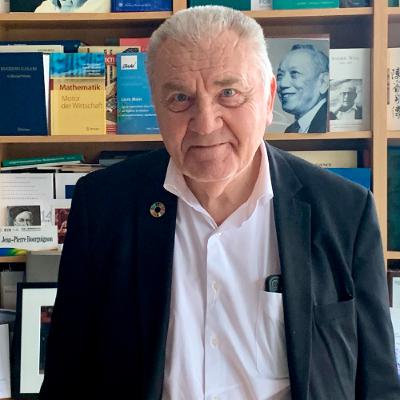
![[Best of] From the dark ages to life [Best of] From the dark ages to life](https://s3.castbox.fm/77/8b/e5/7cdce5f324017a47a01c003ecdd00713fa_scaled_v1_400.jpg)

![[Best of] Hologenomics. How organisms interact and evolve [Best of] Hologenomics. How organisms interact and evolve](https://s3.castbox.fm/a6/06/ee/02320ff6acbebc6711179f80ea591c8f62_scaled_v1_400.jpg)
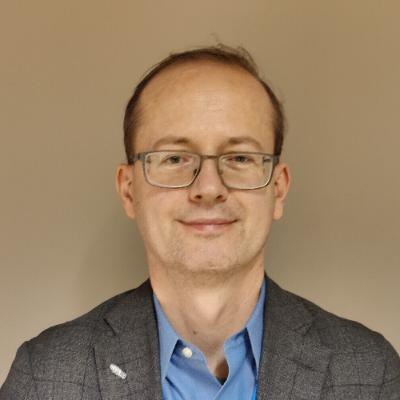
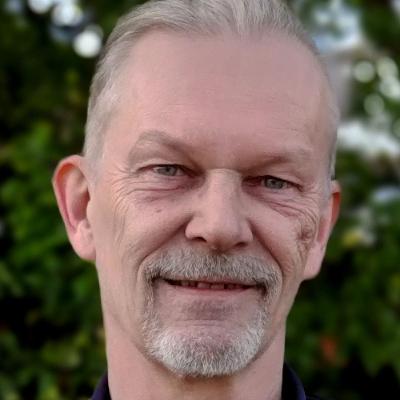
![[Best of] Circadian rythms [Best of] Circadian rythms](https://s3.castbox.fm/05/c6/ec/0fc1d152494653a546647b392df476537b_scaled_v1_400.jpg)


![[Best of] Exoplanetary life conference [Best of] Exoplanetary life conference](https://s3.castbox.fm/fb/6e/12/fdf5266125db461c502acd4f1e5f47e9ed_scaled_v1_400.jpg)
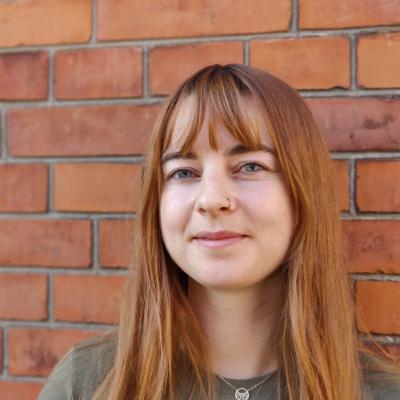
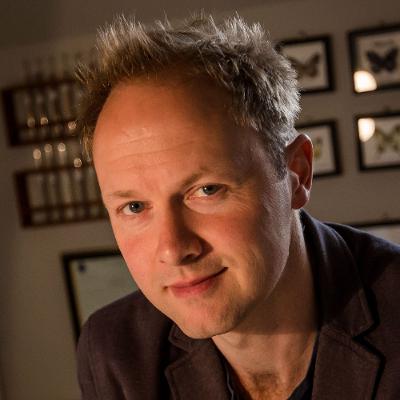
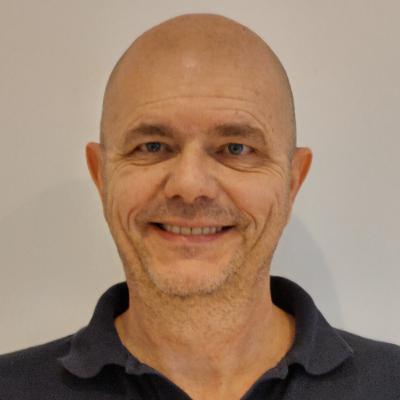
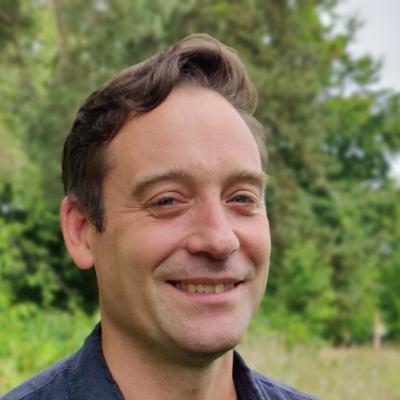
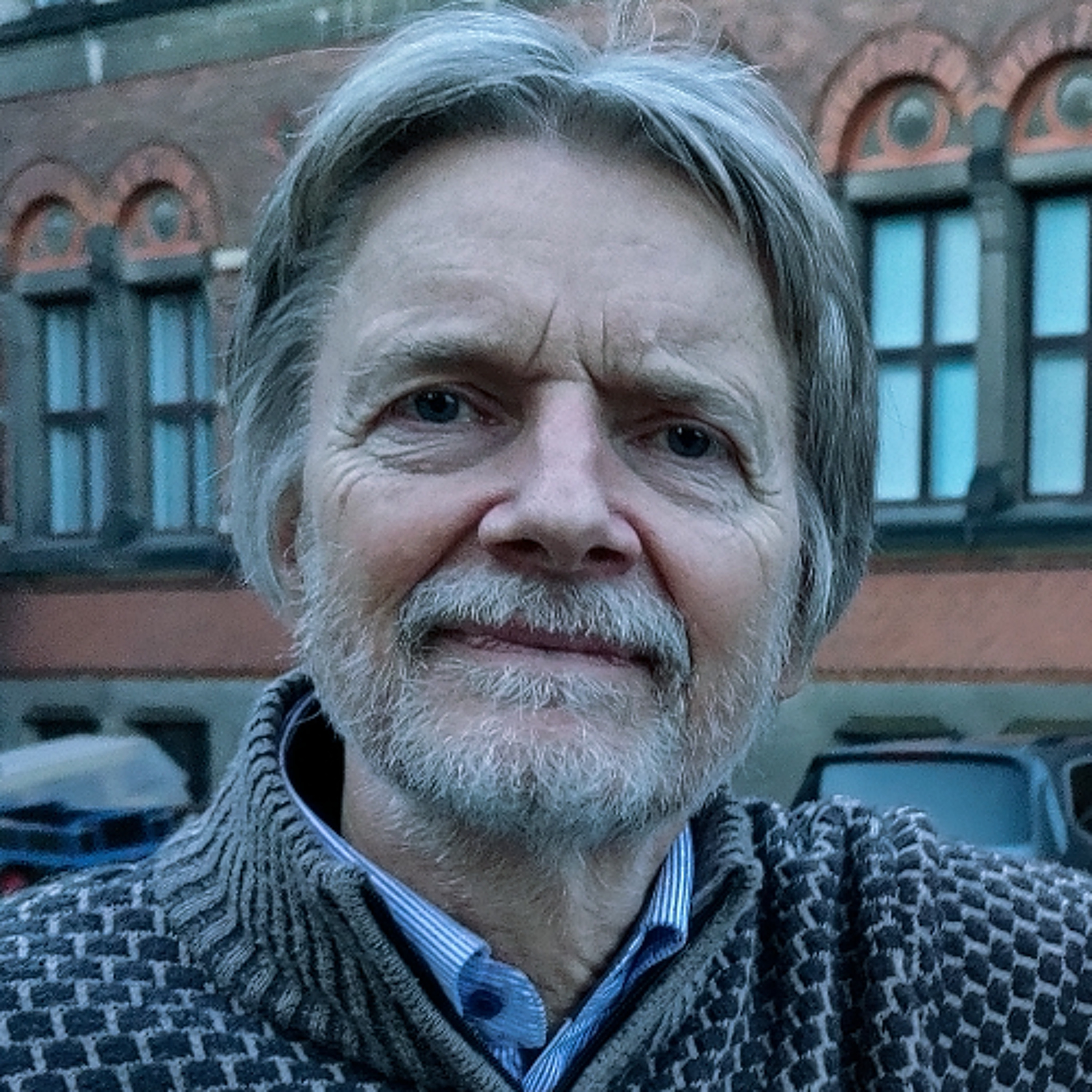
![[Best of] Superstrings and string theory [Best of] Superstrings and string theory](https://s3.castbox.fm/8e/20/5c/c0a5d610e85557bc1f0a7c08c229fd4d57_scaled_v1_400.jpg)
![[Best of] Gravitational waves [Best of] Gravitational waves](https://s3.castbox.fm/f2/09/d5/02977f8b1534ced2a3af1c67f85498793f_scaled_v1_400.jpg)
![[Best of] The Anthropic principle [Best of] The Anthropic principle](https://s3.castbox.fm/8b/3c/99/9e622bb39f753d80155f0d0e104aa8c511_scaled_v1_400.jpg)
![[Best of] Conformal cyclic cosmology explained [Best of] Conformal cyclic cosmology explained](https://s3.castbox.fm/52/47/bf/9eaac344cbe74369687a8d80816c952651_scaled_v1_400.jpg)


